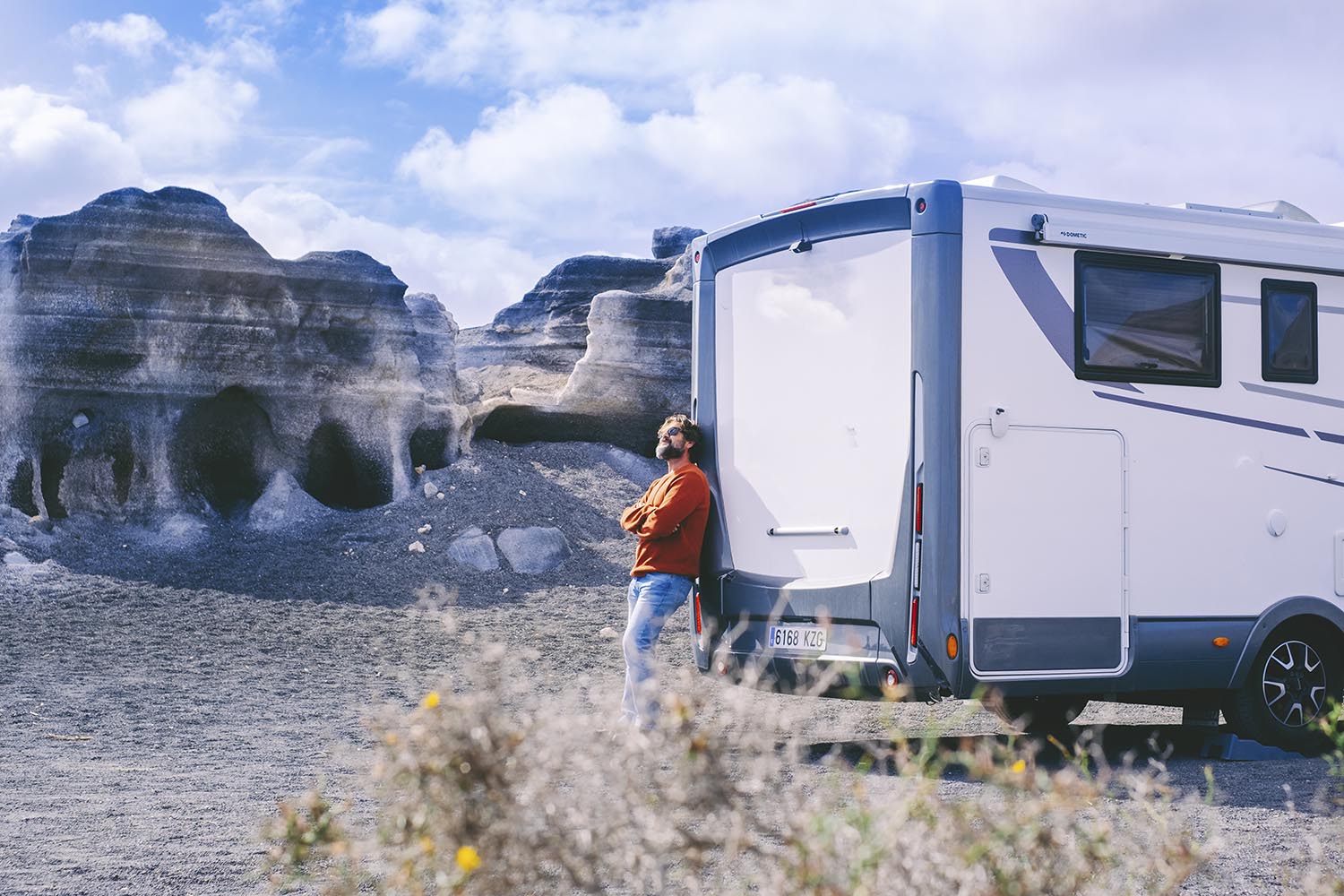For RV enthusiasts, the journey is as important as the destination. However, the fiberglass exterior of your mobile paradise can be damaged over time by unforeseen issues or natural wear and tear. Understanding how to repair RV fiberglass exterior damage is essential to maintaining the beauty and integrity of your RV. This comprehensive guide dives deep into advanced fiberglass maintenance techniques, ensuring that you can address any issues that come your way.
Importance of fiberglass in RV construction
Fiberglass is a cornerstone material in modern RV design, valued for its durability, lightweight and aesthetic qualities. Insulation also plays an important role in maintaining the overall structural integrity of the vehicle. But its susceptibility to impact damage, UV exposure and stress cracks means owners need to be vigilant about caring for the exterior of their vehicle.
Identifying Fiberglass Damage
The first step in any repair process is to pinpoint the area of damage. Fiberglass damage can range from minor scratches and cracks to large cracks and holes that compromise the structural integrity of the RV. Early detection is key to preventing extensive and costly repairs.
Gathering the Right Tools and Materials
Before embarking on a repair, ensure you have the necessary tools and materials. This includes:
- High-quality fiberglass resin and hardener
- Fiberglass cloth or mat
- Sandpaper of various grits
- Gelcoat
- Acetone or a similar solvent for cleaning
- Protective gear such as gloves, safety glasses, and masks

